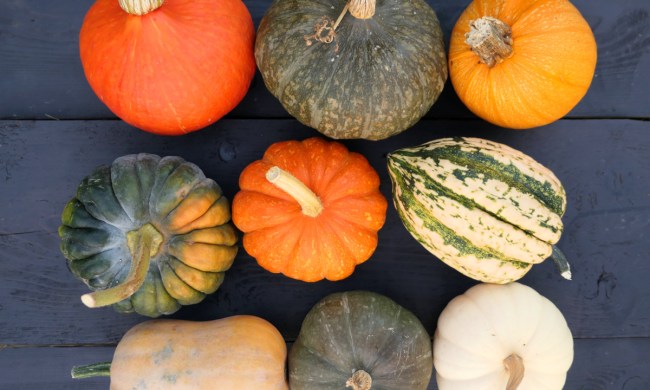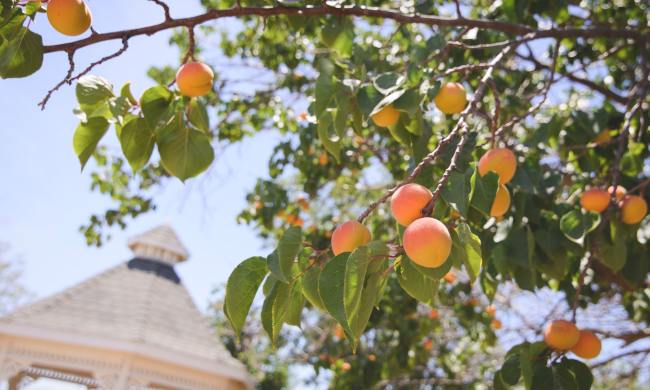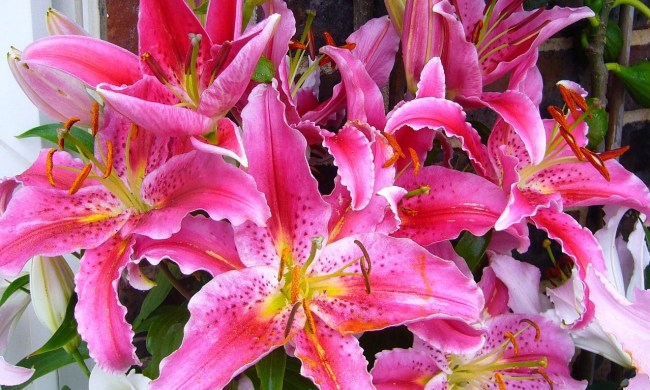Home to many tropical plants and flowers, zone 11 is warm all year round. Compared to most of the Plant Hardiness Zone Map, it has mild winters and long growing seasons. The greatest challenge that zone 11 gardeners face, of course, is the scorching summer heat that can limit growth. That said, there are definitely plants that residents in this area can strategically pick and measures that they can take to ensure that their gardens thrive. If you’re a gardener in zone 11, here’s everything you need to know about successfully growing plants in your area.
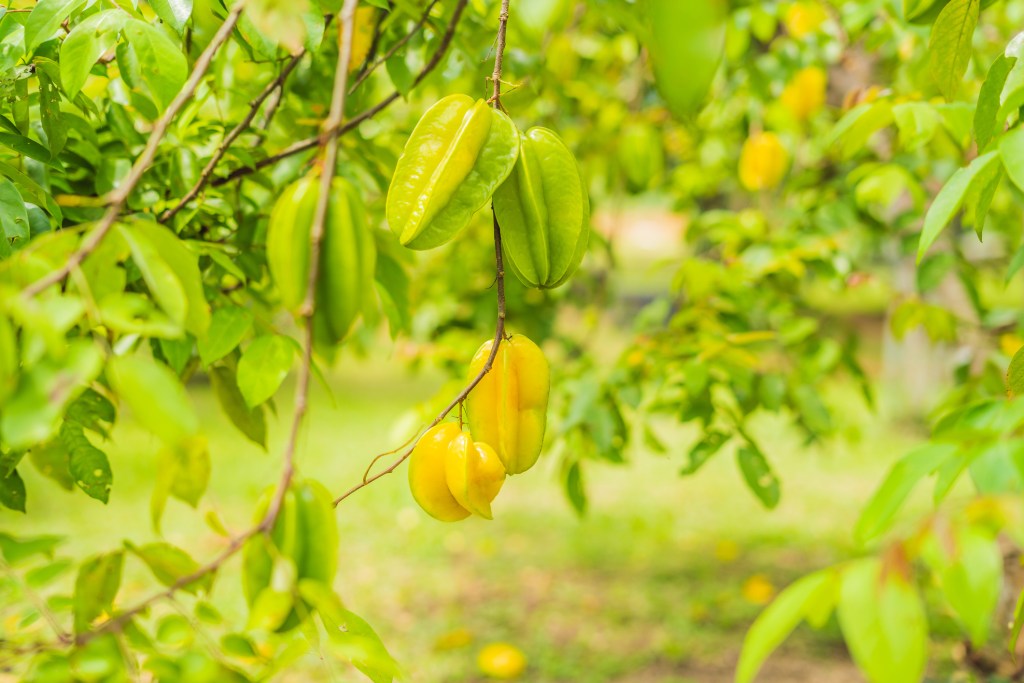
Where is climate zone 11?
Decades ago, the United States Department of Agriculture (USDA) came up with the Plant Hardiness Zone Map, which divides the country into 13 regions based on annual minimum temperature ranges. Zone 1 is the coldest, whereas zone 13 is the warmest. Often, nurseries label their plants with zone ranges to indicate if a plant is perennial (or will last multiple growing seasons) in an area. Temperature isn’t the only factor you should consider when bringing a plant into your garden, but it is a pretty good starting point. For example, it can indicate an area’s growing season length and if it will encounter any harsh frosts. If you shop for plants locally, you’ll likely come across plants that are perennial for your region — don’t be afraid to ask a store associate for recommendations!
Climate zone 11 predominantly consists of Hawaii, the Florida Keys, and Puerto Rico. Its annual minimum temperature range is relatively warm, falling between 40 and 50 degrees Fahrenheit. There’s really no frost in this region — winters are moderately warm. Gardeners can squeeze in multiple growing seasons for this very reason. The main challenge in zone 11 is the heat, as some plants don’t handle high summer temperatures well. When facing blazing conditions, plants will appreciate ample shade, frequent watering (though not to the point of root rot), and mulch for moisture retention.
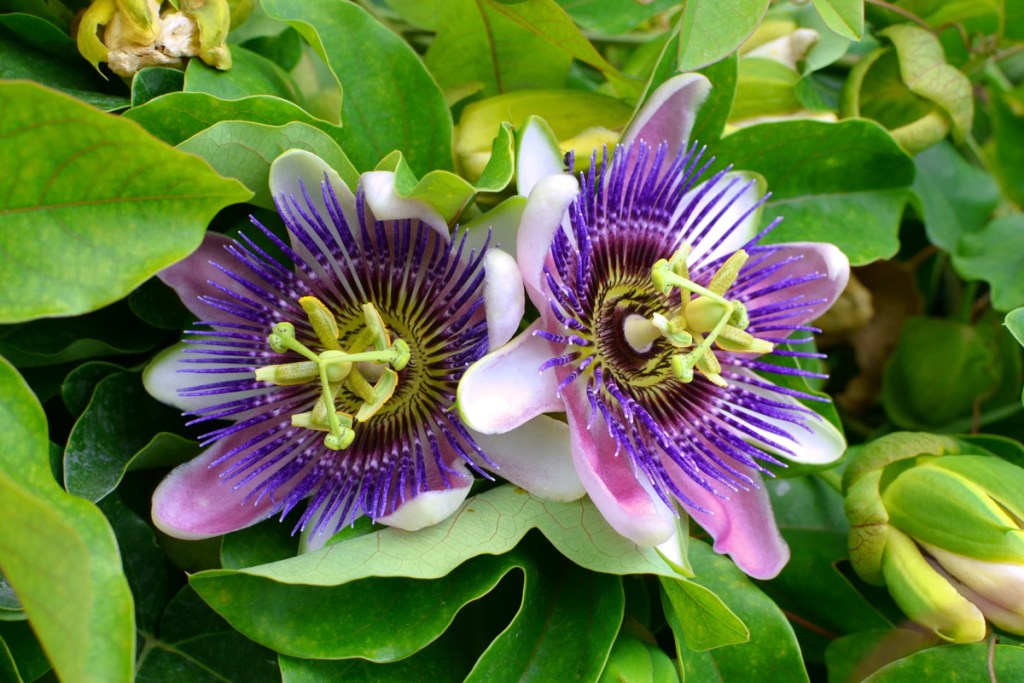
Flowers and foliage to grow in climate zone 11
Flowers that can thrive in zone 11 include exotic ones such as the hardy passionflower and kangaroo paw, both of whom appreciate its warm temperatures. Other blooms that can withstand the height of the zone’s summers include the lantana and salvia plants. Besides flowers, heat-resilient succulents and cacti can thrive here, too, given that they receive sufficient watering in the summer months. If you live on an island, you will see the best results with succulents if you live in a drier area and use well-draining soil. Ornamental grasses can also work as beautiful borders in zone 11 — fiber optic grass with flowery tips do well in this warm region.
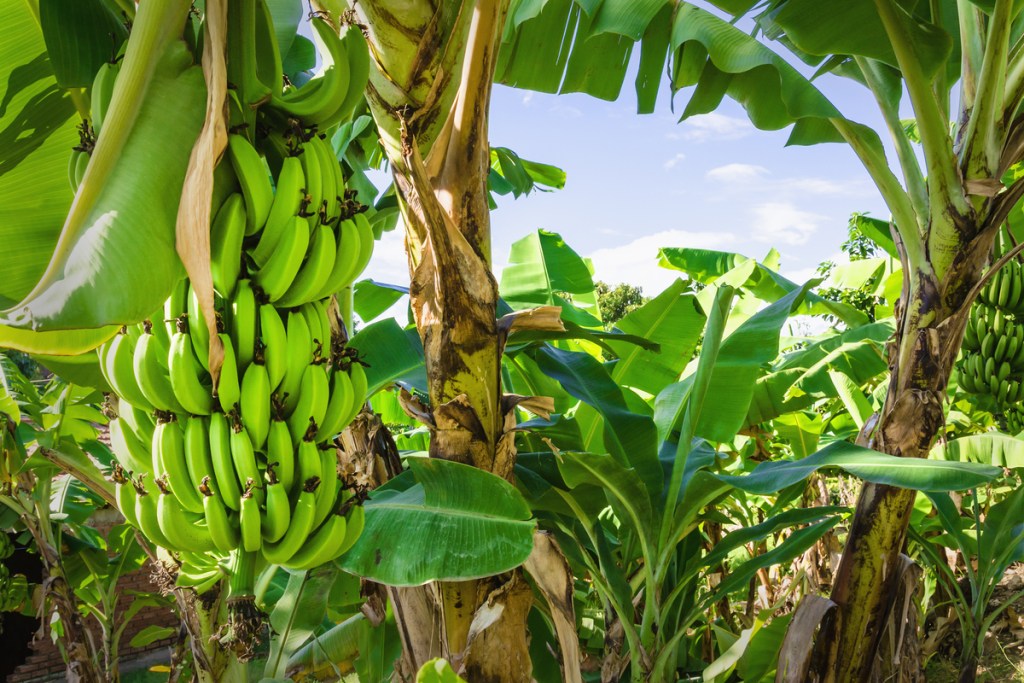
Fruit trees to grow in climate zone 11
Tropical and citrus fruit trees thrive in climate zone 11. Tropical plants that might flounder elsewhere can truly flourish here — kiwi, starfruit, dragon fruit, lychee, and guava plants are just some potential options. All citrus trees work here, from navel oranges to lime trees. Fig, avocado, and banana trees can do quite well, too. Just keep in mind that plants such as plums and peaches might have a more difficult time in zone 11, as these usually have long chill requirements to produce flowers and fruits.
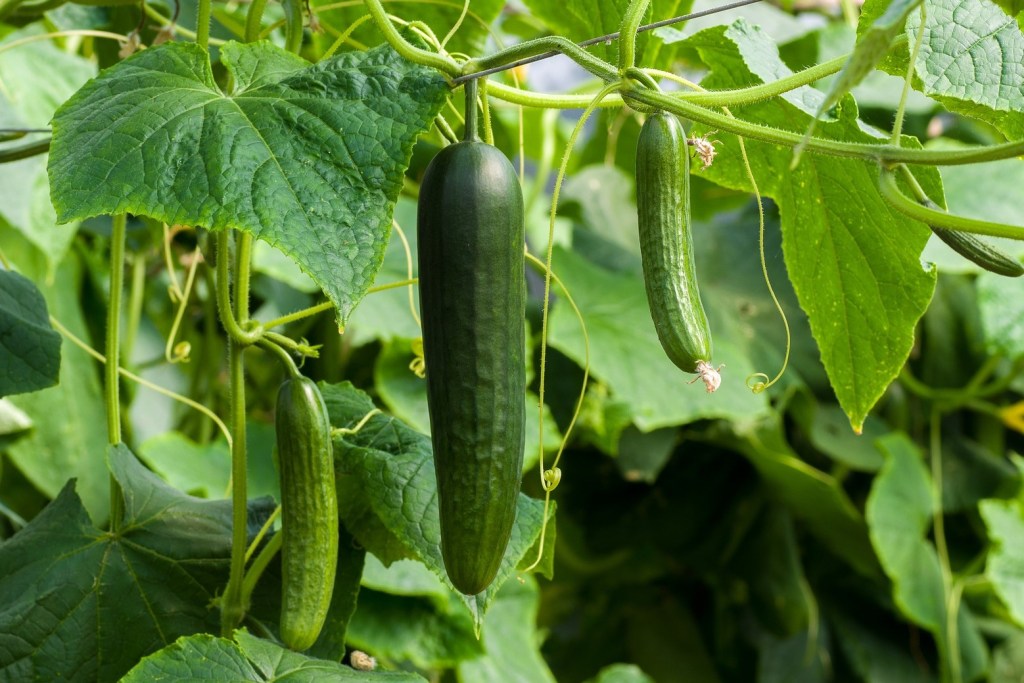
When to start seeds in climate zone 11
Since climate zone 11 doesn’t have any frost days, you can essentially start plants outside any time of year. However, you should think about how warm summers can get, so grow plants in late winter so they can get established before the heat hits — begin seeds outside around January or September during cooler temperatures. Leafy greens such as spinach, Swiss chard, and kale may not be able to survive sweltering summers, so you should grow them around fall and winter. In addition to tropical fruits, tomatoes, strawberries, bell peppers, and cucumbers also flourish in zone 11 because they’re relatively heat tolerant.
In the summer, watering is essential for a happy zone 11 garden. You want to give your crops good shade and adequately mulch them for water retention. You can also grow more heat-vulnerable crops beneath shady trees or set up screens. Besides hydrating and shading your plants, keep an eye out for pests, which may do a number on foliage already fighting high temperatures.
With its heat, zone 11 comes with a unique set of gardening challenges. But even with its limitations, zone 11 also offers plenty of possibilities. Its warm temperatures are ideal for tropical and citrus trees that struggle in many other places. Exotic flowers and grasses can thrive as well. As long as you keep a mindful watering schedule and protect your plants from heat, you can have a lush, tropical zone 11 garden.

